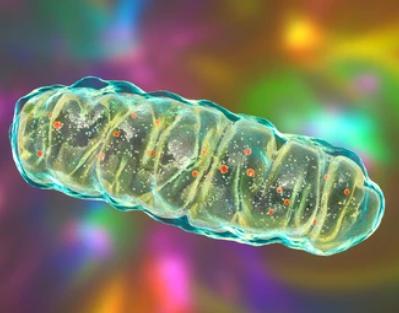Mitochondrial Phenotype Analysis
Online InquiryMitochondrial morphology is related to the metabolic state and bioenergetics of the cell and changes during processes such as cell division and differentiation. Mitochondria not only have an intrinsic ability to sense their state of health, but also have the ability to induce compensatory quality-control mechanisms when exposed to stress (such as stress-induced mitochondrial hyperfusion). In addition, alterations of mitochondrial morphology and dynamics have been found in common neurodegenerative diseases, such as Alzheimer's disease (AD), Parkinson's disease (PD), and Huntington's disease (HD). And mitochondria can vary within subclasses of diseases such as diabetes, myopathies, metabolic diseases, and cancer. Due to the importance of the mitochondrial phenotype in homeostasis, stress, and human disease, it is necessary to analyze and quantify changes in mitochondrial morphology and dynamic behavior using various techniques.

Mitochondrial phenotype analysis at Creative Proteomics
Advances in optical and electron microscopy techniques have led to renewed interest in the structural diversity and dynamics of mitochondria, as well as their interactions with other cellular components. According to the research needs of global customers on mitochondrial morphology and structure analysis, Creative Proteomics has developed two technology service platforms to accelerate the progress and success of our customers' projects, including electron microscopy and high-content imaging. TEM is a straightforward and powerful method to quantify and characterize mitochondria and their ultrastructures. While high-content imaging enables large-scale mitochondrial measurements and the classification of mitochondria from thousands of cells based on interconnectivity and complexity in a single experiment.
We are dedicated to helping scientists study mitochondrial phenotypes in a wide range of cells and tissues under different conditions, providing important insights into cellular processes and disease development. Our services provide mitochondrial phenotypic and structural rearrangement assays for the study of mitochondrial dynamics in cell-based assays.
- Phenotypic analysis of mitochondrial integrity and shape
Characterization of mitochondrial integrity and shape is important for understanding disease mechanisms and assessing toxicity. Changes in mitochondrial number, brightness, size, length, and shape during the mitochondrial cycle may indicate changes in cellular health and metabolism or precede the process of apoptosis.
- Mitochondrial dynamics
Mitochondria maintain cellular homeostasis by continuously dividing and fusing to maintain mitochondrial morphology, distribution, and number, a process known as mitochondrial dynamics. Pathological alterations in mitochondrial dynamics can lead to impaired bioenergetic function and mitochondria-mediated cell death and have been implicated with a variety of pathological mechanisms, such as ischemic cardiomyopathy, diabetes, and PD.
Learn more about our services
- Mitochondrial Phenotype Analysis using Electron Microscopy
- Mitochondrial Phenotype Analysis using High-Content Imaging
Advantages of our service
- Strong expertise in mitochondrial phenotype analysis
- State-of-the-art technology and advanced platform
- Improved and rigorous workflow
- Tailored services from experienced experts
Reference
- Zahedi, Atena, et al. "Deep analysis of mitochondria and cell health using machine learning." Scientific reports 8.1 (2018): 16354.
* For Research Use Only. Not for use in diagnostic procedures.



